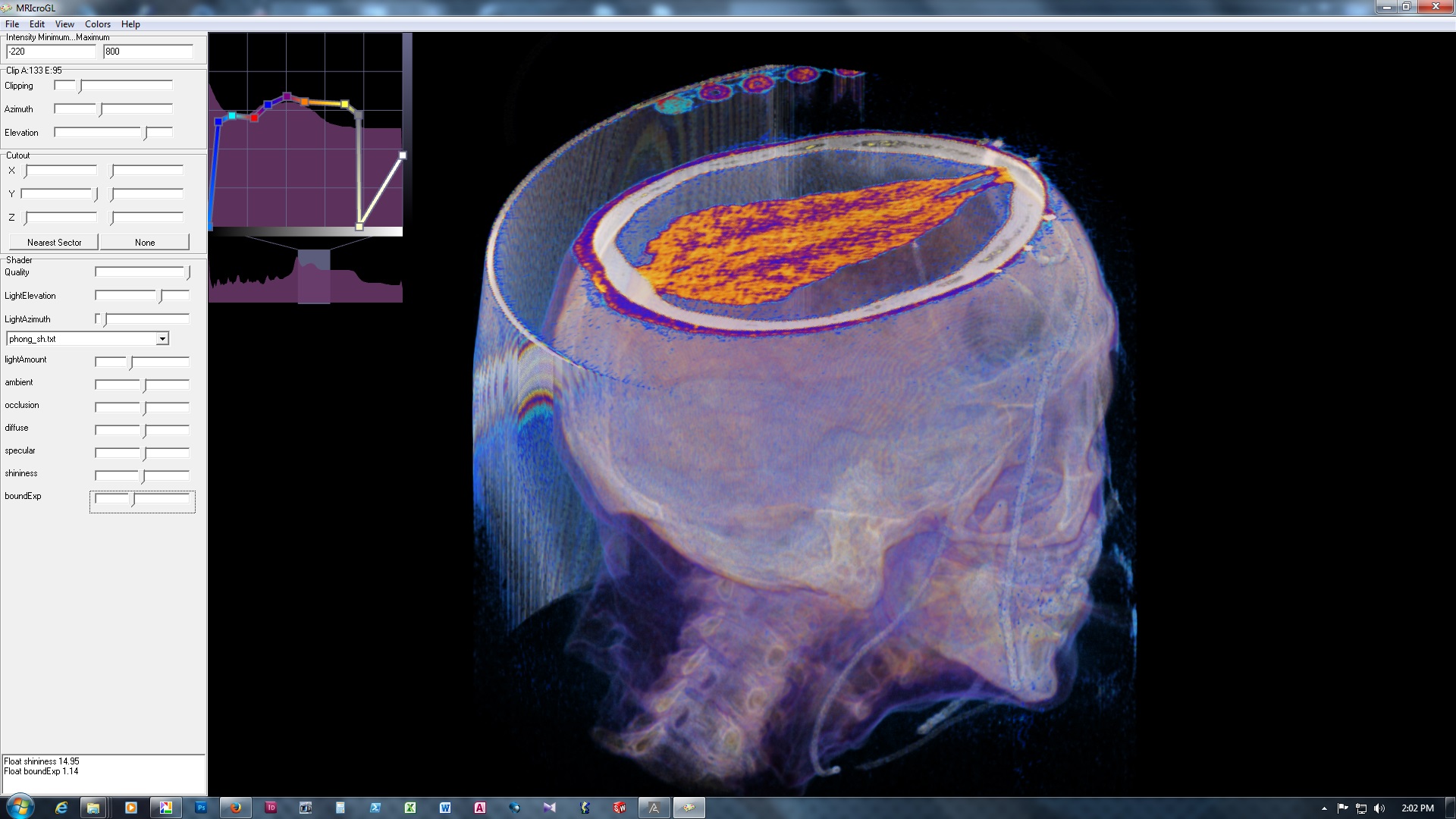Cryonics Without Cerebral Dehydration?
One of the interesting things about technological progress in cryonics is that awareness of technological problems, and the desire to solve them, is often dependent on other problems being solved first. For example, cryoprotectant toxicity became a more serious concern after it was possible to eliminate ice formation. After all, it is more important to eliminate severe (mechanical) damage caused by ice crystals than to prevent (minor) alterations of biomolecules.
One problem that is increasingly rising to the top of technological issues to be solved is the extreme dehydration caused by the perfusion of cryoprotectants.
The fact that perfusion of the brain with cryoprotectants causes substantial dehydration has been known in cryonics for a long time. While no rigorous academic studies are available about this topic, it is usually assumed that the cause of this dehydration is that most (but not all) cryoprotectants have poor blood brain barrier (BBB) permeability.
Another line of evidence is that prolonged warm and cold ischemia eliminate this dehydration, presumably because ischemia compromises the BBB in a time-dependent manner. One ironic consequence of this is that in cryonics severe dehydration is often an indicator of good patient care (i.e. minimization or mitigation of ischemia). Maybe because of this there has been relatively little interest in eliminating CPA-induced cerebral dehydration.
Another reason is that dehydration actually assists in removing water from the brain to facilitate vitrification, perhaps even requiring lower concentrations of cryoprotectant than are necessary for the vitrification of other organs (preliminary evidence for this exists).
Cerebral dehydration was identified as a potential form of injury in a case report for patient A-1097 (2006) but until recently the “advantages” of dehydration seemed to outweigh its potential disadvantages. More serious concerns started to emerge in the last couple of years. Electron micrographs of brains cryopreserved with M22 and other cryoprotectants show ultrastructural alterations that are primarily presumed to be due to CPA-induced dehydration. The significance of this issue was further reinforced in 2015 when a researcher from 21st Century Medicine showed electron micrographs of aldehyde-stabilized vitrified brains (vitrification after chemical fixation) that look considerably better than traditionally vitrified brains. In addition, while employed for the Cryonics Institute, Yuri Pichugin demonstrated that the extreme dehydration associated with modern vitrification solutions is not compatible with good brain slice viability.
Since most researchers in cryonics would like to see a biopreservation protocol that does an excellent job of preserving both viability and ultrastructure, eliminating this kind of injury is likely to be a rather important research goal in the next couple of years.
It is not desirable to deliberately induce ischemia to improve BBB permeability of cryoprotectants. This leaves a number of strategies to improve delivery vitrification agents to the brain:
1. Osmotic opening of the BBB. Molecules such as mannitol have a transient effect on BBB permeability but are probably not potent enough to permit brain cryoprotection without dehydration.
2. Yuri Pichugin has discovered that detergents such as sodium dodecyl sulfate (SDS) permit cryopreservation of the brain without dehydration.
3. Not all cryoprotectants are impermeable to the brain. Can these cryoprotectants be used in
low toxicity vitrification solutions?
Fortunately, the tools to screen the efficacy of BBB modifying technologies for brain cryopreservation are already known in the literature. Brains can be inspected for post-perfusion morphology and weight loss/gain. BBB modifiers can be tested for viability in brain slices or even whole animals. We can compare whether the use of BBB modifying strategies raises or lowers the concentration of cryoprotectant necessary to vitrify the brain. How do BBB modifiers affect overall ultrastructure in electron micrographs? What do BBB modifiers do to other cells and the vasculature? Do BBB modifiers produce more edema in the rest of the body? Will the use of BBB modifiers allow “extracellular” cryoprotectants and ice blockers to cross the BBB or even cells?
One challenge is how to validate and authorize the use of BBB modifying strategies in human cryonics cases. We know from burr hole and CT scans of neuro patients at Alcor that severe cerebral dehydration is frequently seen in good cases with little ischemia (shrinking the brain down to almost 50% of its natural size).

Switching to a cryoprotectant that has similar or even lower toxicity as M22 would be relatively straightforward but if potent agents are used to open the BBB it will be important to choose a dosage that does not produce serious side-effects such as fulminating edema or poor cell viability.
In a 2007 Alcor article (“Securing Viability of the Brain in Cryonics”) I speculated that we should assume that viability of the brain (or slices made from such a brain) is currently lost about halfway through cryoprotectant perfusion as consequence of cryoprotectant toxicity. As we understand it now, the need to use high concentrations of cryoprotectants also produces brain shrinking. If we want to move Alcor closer to its mandate of developing reversible human cryopreservation both problems will need to be revolved. This will most likely involve a minor re-formulation of M22 or a novel cryoprotectant that is more “friendly” to the brain.
For 2016, my lab Advanced Neural Biosciences has made identifying such a brain-friendly cryoprotection protocol a high priority. The good news is that we already know of strategies that work. Now we need to identify protocols that maximize high viability and excellent ultrastructure
to make the next step in further closing the gap between cryonics and suspended animation.
Originally published as a column in Cryonics magazine, January-February, 2016